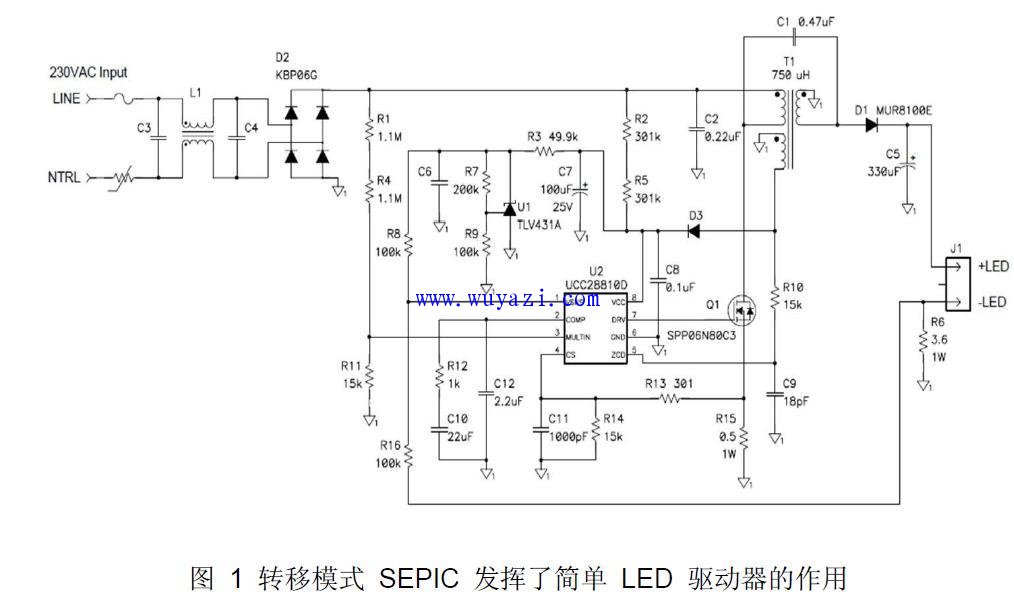Replacing incandescent bulbs with viable screw-in LEDs can take years, and the use of LEDs in architectural lighting is growing, with higher reliability and energy savings potential. Like most electronics, it requires a power supply to convert input power into a form that LEDs can use. In streetlight applications, one possible configuration is to create 80 series LEDs with a 300V/0.35 amp load. Isolation and Power Factor Correction (PFC) requirements are required when selecting a power supply topology. Isolation requires a large number of safety trade-offs, including the trade-off between the need for shock protection and the complexity of power supply design. In this application, there is a high voltage on the LED, and isolation is generally considered to be unnecessary, and PFC is required because the lighting of 25 watts or more in Europe requires PFC function, and this product is launched for the European market. .
For this application, there are three alternative power supply topologies: buck topology, transfer mode reverse topology, and transfer mode (TM) single-ended primary inductor converter (SEPIC) topology. The buck topology can be used very efficiently to meet harmonic current requirements when the LED voltage is approximately 80 volts. In this case, the higher load voltage will no longer be able to use the buck topology. Then, the compromise is to use reverse topology and SEPIC topology. The SEPIC has the advantage that it clamps the switching waveform of the power semiconductor device, allowing the use of lower voltages, making the device more efficient. In this application, an efficiency increase of approximately 2% can be achieved. In addition, there are fewer rings in the SEPIC, making EMI filtering easier. Figure 1 shows the schematic of this power supply. 
This circuit uses a boost TM PFC controller to control the input current waveform. The circuit begins with off-line charging for C6. Once started, the controller's power supply is provided by an auxiliary winding on a SEPIC inductor. A relatively large output capacitor limits the LED ripple current to 20% of the DC current. In addition, the AC flux and current in the TM SEPIC are very high, requiring lacquered strands and low loss inner core plates to reduce inductance losses.
Pod System,Prefilled Cartomizer,Vape Atomizer,Vape Atomizers
Shenzhen Xcool Vapor Technology Co.,Ltd , https://www.szxcoolvape.com
